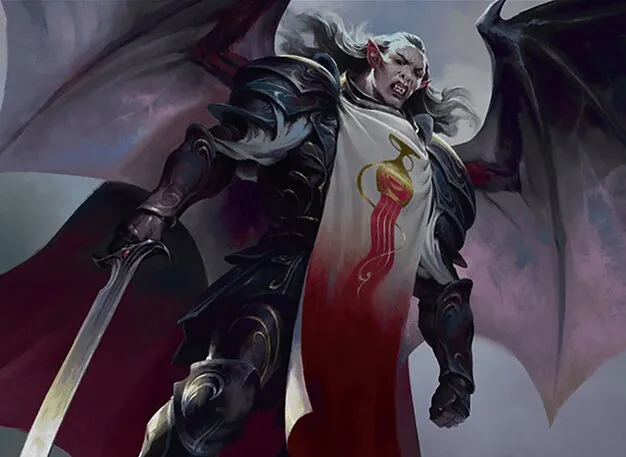
Combo decks in Magic: The Gathering (MTG) Standard continue to perform well because they exploit efficient synergies between new and existing cards. Each Standard rotation introduces powerful mechanics that enable explosive interactions, often overlooked during initial set evaluations.
Many recent sets have featured cards with low setup costs and high payoff, allowing combo decks to execute their game plans consistently. Additionally, combo decks thrive in Standard when control and aggro decks fail to apply enough pressure, giving them time to assemble their key pieces. The balance of threats and answers in the format plays a crucial role in determining whether combo strategies can dominate.
Another reason combo decks remain competitive is the increasing presence of tutors, card draw, and recursion mechanics in Standard. Wizards of the Coast has printed more cards that allow players to dig for specific pieces or recur threats, making combos more reliable.
Additionally, certain mana acceleration tools—whether from artifacts, enchantments, or ramp creatures—help execute game-winning plays ahead of schedule.
With fewer dedicated hate cards available in Standard compared to older formats like Modern or Legacy, many decks struggle to effectively disrupt the combo strategies before they go off. As a result, combo decks continue to post strong performances, capitalizing on the format’s evolving card pool and metagame shifts.
Today’s Standard Combo deck potential features the update of the Golgari Bloodthirsty Conqueror deck that uses new card components from the new set Tarkir: Dragonstorm. Check out the deck tech video below.
Thanks for reading and until the next blog post.
